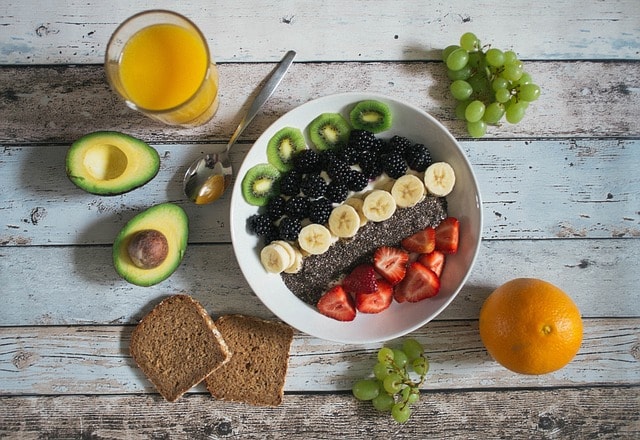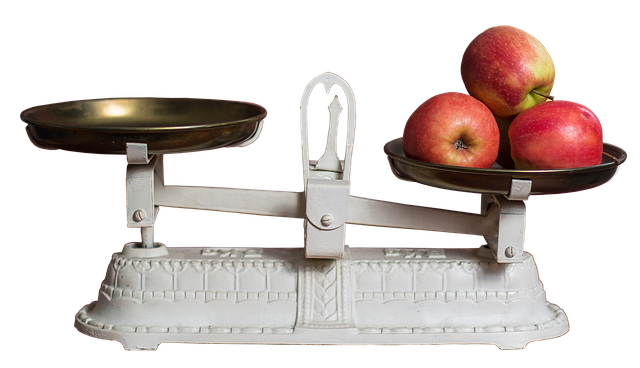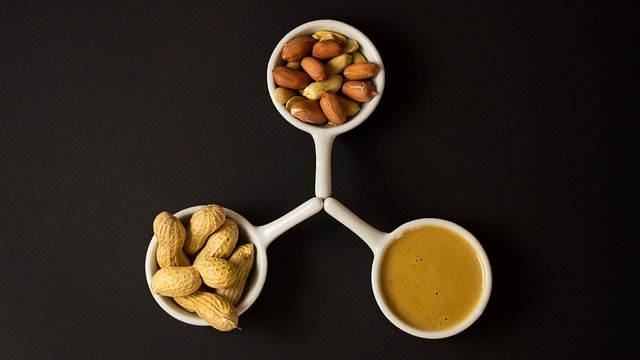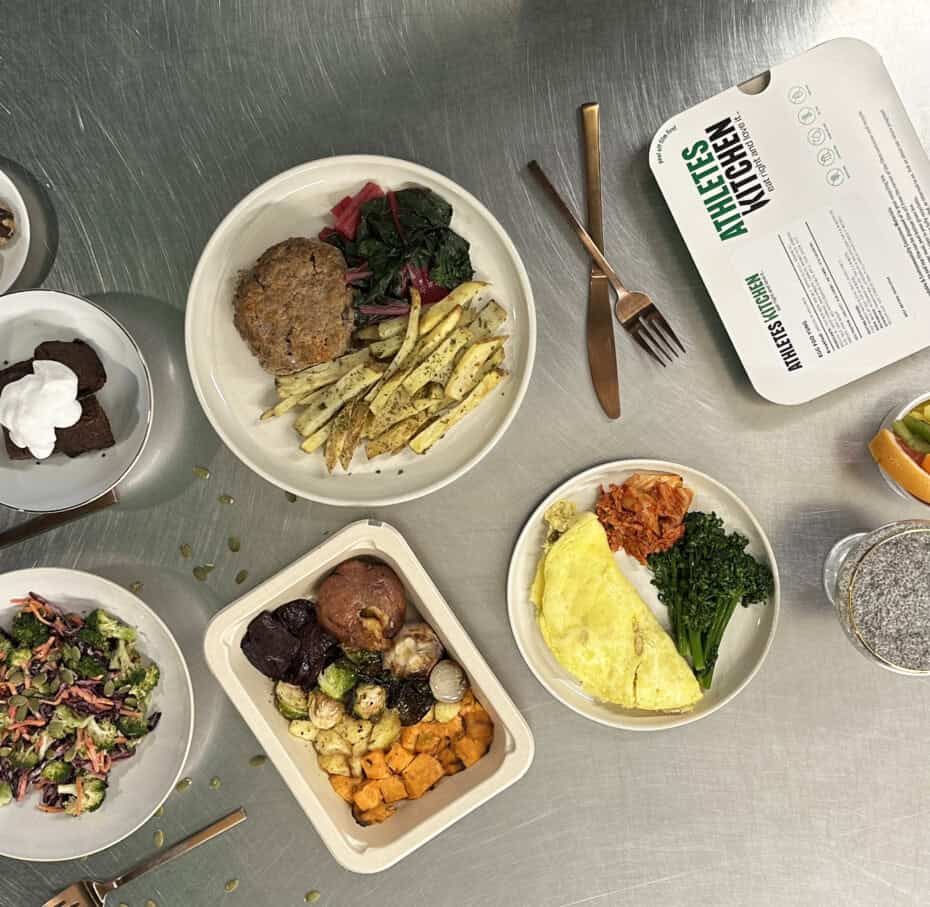Healthy Meal Plan
Tracking Macros for Weight Loss, Athletic Performance and Overall Health!

Counting macros is a popular method for tracking food intake, specifically focusing on macronutrients such as carbohydrates, proteins, and fats. This approach can help improve diet quality and support specific health objectives. Understanding macronutrient goals is essential for anyone looking to optimize their nutrition and achieve their health and fitness targets.
Role of Macronutrients
Macronutrients unlike micronutrients provide calories per gram consumed. The three main macronutrients are protein, carbohydrates, and dietary fat. (Alcohol also provides calories per gram, however is not considered a macronutrient). We will touch on alcohol later.
Macronutrients are needed in larger quantities compared to micronutrients. When tracking macros, we will be tracking the amount of protein, carbs and fats you are consuming in grams per day.
Macronutrients provide energy in the form of calories. Each macronutrient has its own physiological purpose and function in the body. For more detailed information regarding each macronutrient, please refer to our previous blogs. In short,
- Proteins are the building blocks of our muscles, skin, ligaments, tendons, bones, organs etc and are needed for growth, repair and maintenance. Protein is also essential for cell signalling, immunity, enzyme and hormone production.
- Carbohydrates are the body’s main fuel source, especially the brain. All internal processes require energy. Movement of both skeletal and smooth muscles require energy. Our brain function requires energy. And the body’s primary source of energy and preferred source of energy is glucose, which is a by-product of carbohydrate-rich foods.
- Fats, provide the body with sustained energy, mostly in the form of stored energy, and are also essential for cell functioning, hormone production and absorption of fat-soluble vitamins (to name a few).
Despite, micronutrients not providing us with calories, please do not discount their importance! This blog will not touch on micronutrients and their importance and function however other blogs do which can be found here.

Tracking Macros vs Calories
Unlike tracking calories per gram, tracking macros and food intake will require a bit more intentional effort. Tracking calorie intake means that you track total calories consumed and aren’t necessarily looking at where the calories are coming from, be that from protein, carbs or fats.
Most foods will have a combination of macronutrients, however, will also usually have a dominant macronutrient. For example, beans while they have protein, are mostly carbohydrates. Almonds again, will have some protein however will dominate in fats. Chicken breast will be dominant in protein, however will also contain some fats.
What’s the difference? Why should you track macros instead?
Both protein and carbs contain 4 calories per gram, whereas fats contain 9 calories per gram. This means that you can consume more protein-rich foods and foods rich in carbs compared to fats for the same caloric value. This would be important to consider if you are looking to lose weight and need to eat fewer calories.
Furthermore, the thermic effect of food, essentially the amount of calories needed to break down the food is higher in protein and lowest in fats. This means that for each gram of protein you consume you are only absorbing around 70-85% compared to fats, where you are absorbing closer to 97-100%.
Additionally, depending on your goals, be that performance, weight loss, building muscle etc, each macronutrient plays a unique role in the body and can help one achieve their goals. Fats and protein are very satiating, so if you are looking to reduce your caloric intake to lose weight, perhaps we want to be mindful of balancing your meals with protein and fats to keep you fuller longer. On the other hand, if you are looking to build a meal pre and post workout, to help with performance and recovery, perhaps we want to focus on carbohydrates as they will provide the body with energy for the workout and after for recovery.
Balancing your Macronutrient Ratio
So you may be wondering what macro split you should consider following to achieve your health and fitness goals. Generally speaking, we want about 45-65% of our calories coming from carbohydrates, 20-35% from fats and 10-35% from protein.
Again, keep in mind that carbs and protein will provide 4 calories per gram, compared to fats will provide 9 calories per gram.
We can also figure out our macros by calculating our total fat and protein targets, our caloric intake based on our goals (maintenance, deficit or surplus) and then figure out our carbs.
Generally speaking, we want to consume around 1.6-2.2 grams per KG of body weight in protein per day. Around 0.7-1 gram per KG of body weight in fats per day. As for carbs, this will truly depend on your caloric intake and activity levels however generally speaking for someone who is lightly active we want about 3-5 grams per KG of body weight, 5-8 grams per KG of body weight for someone who is moderately active (5-8 hours per week) and 8-12 grams per KG of body weight for very active individuals (>15 hours per week).

How to Calculate your Calories
How many calories you need will depend on your age, height, weight, and activity levels, in addition to your goal weight. That is if you want to lose or gain weight.
There are many different ways to calculate your maintenance calories which can then be used to determine your deficit or surplus if you choose to either lose or gain weight. The best way to measure your maintenance calories is to track your calories for 2 weeks along with your weight and then use this information to determine your caloric needs.
If you want to use an equation, you can use the Mifflin St. Jeor equation, which is fairly reliable.
Adjusting Macros for Weight Loss
If you are wanting to lose fat mass, first you want to ensure you are in a caloric deficit. That is, you are eating fewer calories than required to maintain your weight while still focusing on eating healthy.
Regarding your macros, I recommend bumping the protein up to the top end of the range, which is typically 2.2 grams per KG of body weight. We want to have a high-protein diet because we want to optimize our weight loss to fat loss and preserve as much muscle mass as we can. That said, we need to also train the muscle for the body to retain the muscle. Eating protein will not be enough.
After bumping up the protein, I would recommend reducing fats to the lower end of 0.7 grams per KG of body weight. Again, fats are essential however they are also very calorically dense. When eating in a deficit, we want to optimize our intake and perhaps choose more voluminous foods to keep us satiated for longer.
We want to be mindful when dropping fats to not drop below 15-20% of total calories, as mentioned above fats are essential for hormonal health.
Once you know your calories, protein and fat, you can figure out carbs. Keep in mind it is recommended to not drop below 3 grams per KG of body weight as carbs are important for brain health and functioning.
In terms of calorie intake, we don’t want to drop below our body weight in pounds x 10

Adjusting Macros for Athletic Performance
When it comes to optimizing your macros for athletic performance we want to start first determining our caloric intake, if we are in a surplus to gain muscle or at maintenance.
One example of a dietary strategy is the keto diet, where individuals significantly reduce carbohydrate intake and focus on high fat consumption to meet specific macro targets for weight loss and management.
After that, we can determine our protein intake, which can stay in the range of 1.6-2.2 grams per KG of body weight. If you want, you can take it a bit higher, however not necessary.
With fats, we can stay in the range of 0.7-1 gram per KG of body weight, and this can be decided based on personal preference. If you like a higher-fat diet, then you can go to the top range.
With carbs, we want to ensure we are at least hitting 5 grams per KG of body weight. If that means we go to the lower end of protein and fats, to hit the 5 grams then that would be recommended as carbs are the body’s main fuel source for both performance for your sessions and recovery after your workouts.

What about Alcohol
Alcohol, while not providing any nutrients, does provide calories. For every gram of alcohol consumed, you will also be consuming 7 calories.
Please keep in mind that with some alcohol like beer and wine, you are also consuming sugars and need to account for the calories coming from that as well.
We have a whole blog about alcohol with more information that can be found here.
When considering tracking alcohol, we need to consider that another macro has to account for it. It is recommended to not use protein and to use carbs or fats to account for the calories in the alcohol consumed. So for example, if you consume one 5 oz glass of wine that has 130 calories, and you want to use fats you would divide 130/9 to give 14.5 grams of fats that you would log.

Macronutrients in Foods
Lean Protein
- chicken turkey breast, extra lean beef, egg whites, lean fish and seafood, protein powder
Protein and Carbs
- low fat dairy (cottage cheese, greek yogurt, milk), lentils, beans, legumes
Protein and Fats
- tofu, eggs, red meat, fatty fish, full fat dairy
Carbs
- grains, pasta, bread, cereal, oats, potatoes, root vegetables, fruits, honey, syrup, jam, juice
Carbs and Fats
- hummus, dressings, sauces, granola, ice cream, chocolate
Fats
- butter, olives, avocado, coconut, nuts, seeds, nut butter, oils

How to Track
When tracking, it is best to use the assistance of an app, such as cronometer or my fitness pal, to facilitate macro counting. These will enable you to log your food and keep track over the course of the day.
It is recommended to weigh your food on a scale in grams or ounces, compared to using measuring spoons or cups, as weighing will be more accurate.
Please keep in mind that if you weigh the food raw, choose an entry that is ‘raw’ in your app versus if you weigh the food cooked choose an entry that is ‘cooked’. Rice and oats for example will gain weight with cooking, whereas meat will lose weight with cooking.
If you want to omit herbs and spices, feel free to as they are negligible in calories.

A Few Things to Keep in Mind
When tracking macros, be mindful that it is OK if you are not always precise! Consistency is your best friend and will make the biggest impact on your healthy eating journey. If you miss a meal, or if you use a tbsp or measuring cup instead of weighing your food, that’s okay, keep going.
At the end of the day focus the most on calorie intake and protein.
In addition, when tracking we want to be mindful of how we space our macronutrients out throughout the day. We don’t want to have let’s say 10 grams of protein at breakfast, 15 grams at lunch and then 75 grams at dinner. Each macronutrient should be roughly balanced throughout the day.
For more information on pre and post workout nutrition, refer to our other blogs that dive into the specifics of how to fuel for your workouts and how to recover.
In general, we want protein to be equally spaced out throughout the day. We want most of our carbohydrates pre and post workout, and we want to keep fats lower pre and post workout.
Why you Should Track
Tracking, outside of keeping one accountable to their weight loss goals, is a great tool to learn the macros in your foods and to learn portion sizes.
Let’s be real, when we take a tbsp of peanut butter are we really taking 15 grams or is it more like 30 grams?
Do you know how many carbs are in a medium size potatoes? Do you know how many carbs you should consume per meal? Maybe you are unintentionally over or under consuming a certain macronutrient just because you are unaware of the macronutrient ratio contained in the food.
Tracking is a powerful tool to educate you and perhaps remove some food fears. Tracking can take the emotion out of food, can help one learn how to monitor their intake, can help you be flexible as well.
There is no food that should be completely restricted or avoided unless you are allergic. You can have your ice cream, have your cheese burger and still make progress towards your goals. It comes down to awareness, moderation, frequency and portions. Tracking can provide you with the freedom to consume those foods while still making progress.

Macronutrient Ratios in Athlete Kitchen Meal Plans

When planning your diet, it’s essential to consider macronutrient ratios to ensure you’re getting the right balance of nutrients. Incorporating delicious meals into your meal plan can make it easier to stick to your dietary goals while enjoying a variety of flavours.
Athletes Kitchen has 4 main meal plans; elite, athletes, nu paleo and shredding. Each of these have 2-3 options that provide different macronutrient ratios.
Athletes, nu paleo and shredding have a large and small option, however the macronutrient ratio will be similar between the two sizes.
Athletes plan is built with higher carbs, in the form of brown rice pasta, potatoes and rice etc.
Nu paleo plan is also higher in carbs, compared to shredding, however the carbohydrates are coming from root vegetables such as sweet potatoes, squash, carrots and beets etc.
Our shredding plan is lower in carbohydrates and thus lower in calories. This plan however is not low in fats, so please be mindful of that.
Our main plan for both weight loss and performance is our elite plan. Our elite plan was built with the purpose of providing three different portions of carbohydrates, while keeping protein high and fats low. We have a low, medium and high carb option for our elite plan.
How to Choose Your AK Meal Plan
When choosing which Athletes Kitchen meal plan is best for you, the first thing you want to consider is your preferences. Put your goals aside, ask yourself what do you enjoy eating. Do you like flavour, or do you prefer things with less flavour? Our elite plan is a bit less flavourful and would be a great option for those who aren’t into the sauces and spices of food.
Next ask yourself what types of carbs you like to consume. Do you prefer the root vegetables or do you prefer the grains? Athletes will provide more grains compared to nu paleo which will provide more root veggies for your carbohydrates sources.
Of course, we do also want to consider our goals. Be that if we are looking to eat in a caloric deficit, more of a surplus or just at maintenance. That said, you can always use the meals and make them your own. So for example if you want to have one of the shredding meals because the veggies look great and catch your eye however need more carbs, you can simply add on a side of sweet potatoes or some fruit. Another way to modify our meals is if you like one of the vegetarian options however need to up the protein, you can add a side of chicken or steak to the dish.
Our nutritionist is also available to help you navigate our meals and offers complimentary consults. You can book a call with her here.
